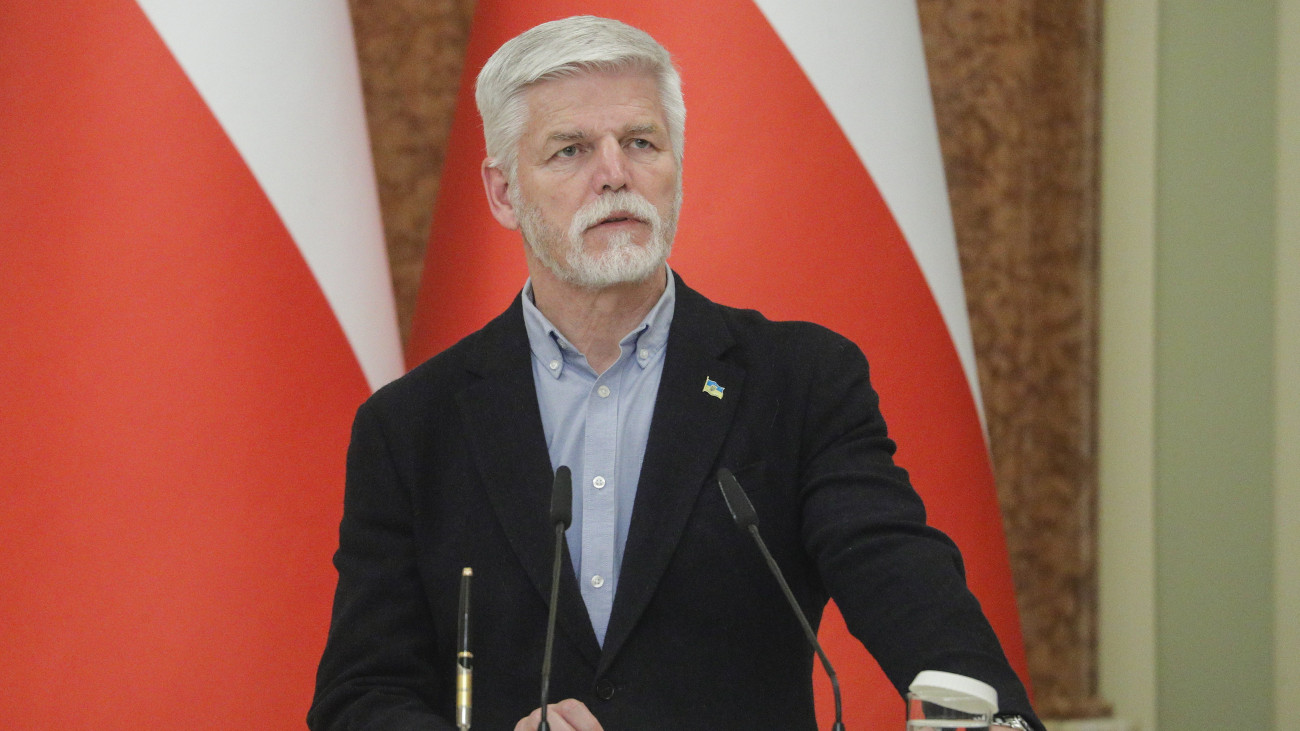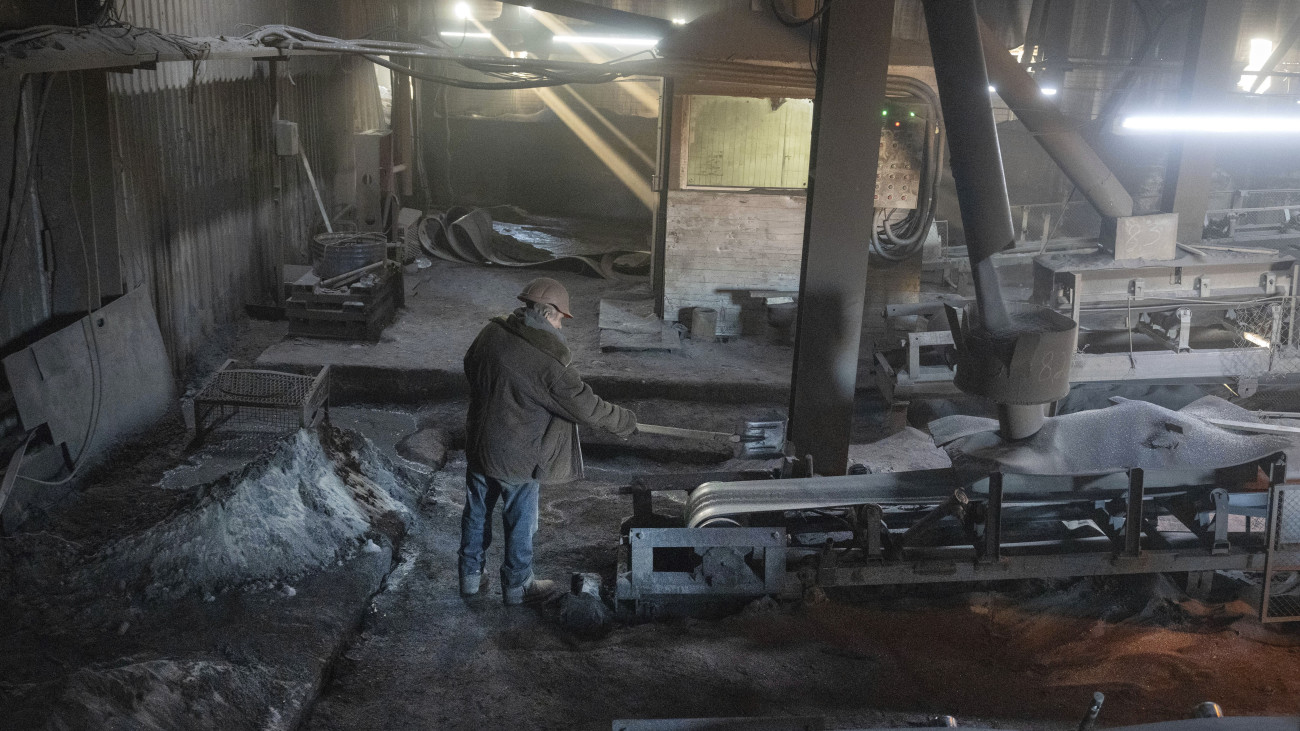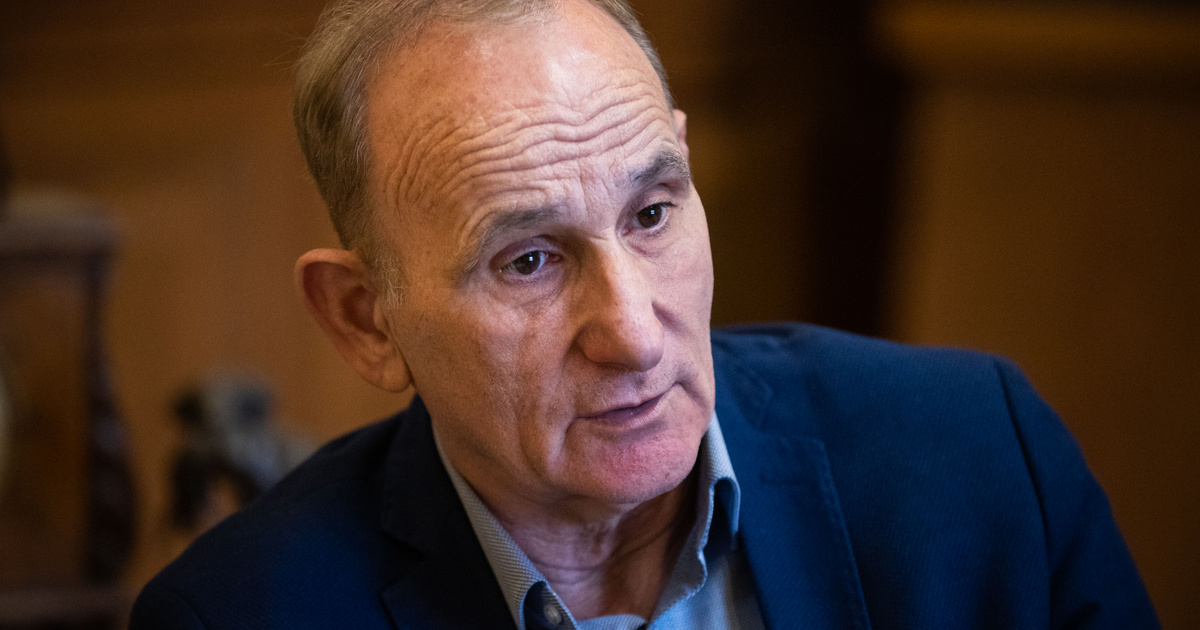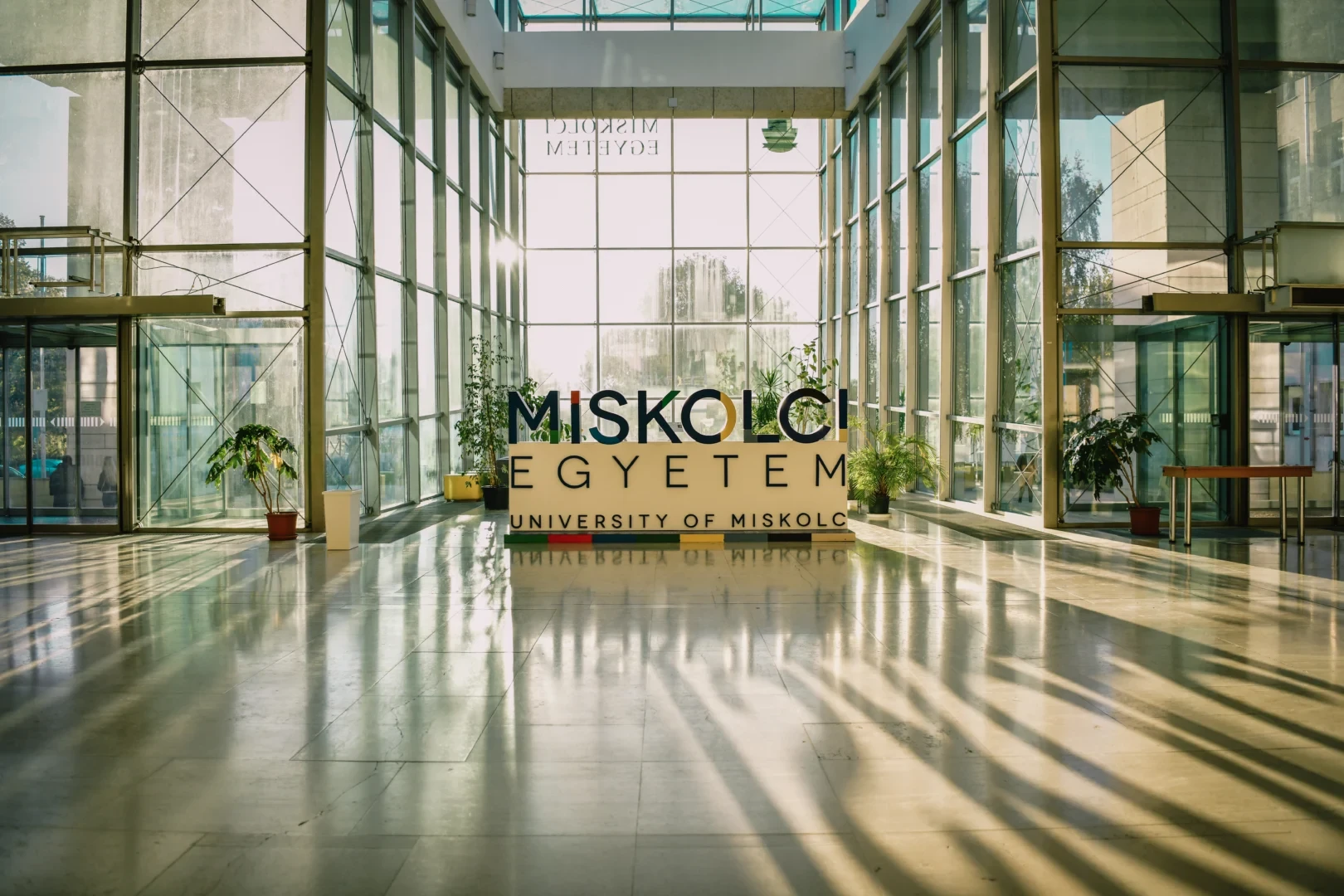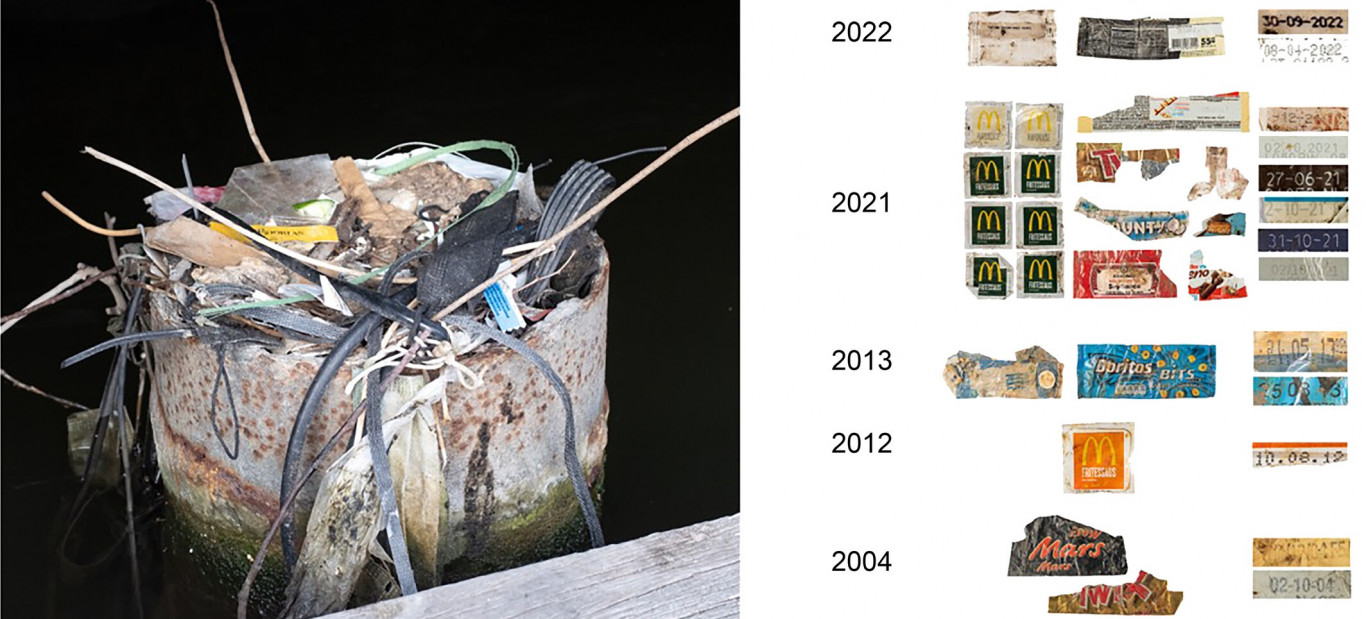In recent years, in the climate debate, we have become accustomed to the idea that carbon dioxide is harmful because the world’s population growth and the resulting carbon dioxide emissions have led to global warming. CO2 comes largely from fossil fuels such as coal, oil or gas, but there are other, biogenic forms that aren’t just good for the climate.
A significant portion of carbon dioxide emissions result from the burning of biomass (biological material consisting of carbon, hydrogen, and oxygen). Emissions from biomass burning are carbon dioxide neutral, because the carbon is naturally produced. Under the current Kyoto Protocol and several greenhouse gas emissions programmes, the use of biomass and biomass by-products as alternative fuels is considered a greenhouse gas reduction.
If a company distinguishes between bio carbon and fossil carbon, it can quantify actual greenhouse gas emissions and the credits needed to offset their carbon footprint.
Danish farmers sit on an untapped gold mine here, because there is already a high demand for vital carbon dioxide.
This is mainly because so-called Power-to-X (PtX) power plants are being built in several places, where carbon dioxide must be used to convert the green energy of wind turbines into ethanol.
According to experts, in the Danish region of West Jutland Andel, there have already been many inquiries from companies wishing to purchase biogas carbon dioxide, which is now an excess product in connection with biogas production and is simply emitted into the atmosphere. In 2-3 years, thanks to the development of technology, we will be able to capture vital carbon dioxide and sell it, for example, to PtX companies.
We stop the absorption of carbon dioxide on the farming surfaces that are in the form of fields when harvesting, says Steen Bitsch, managing director of Vestjyllands Andel in Denmark. At that time, most people were growing cover crops. The problem with this is that they are often left to rot, which releases carbon dioxide. Instead, in his view, after the main crop is harvested, energy crops should be grown and then sold to biogas companies. Here, crops can participate in biogas production, whereby biogas is produced, which can be captured and sold.




